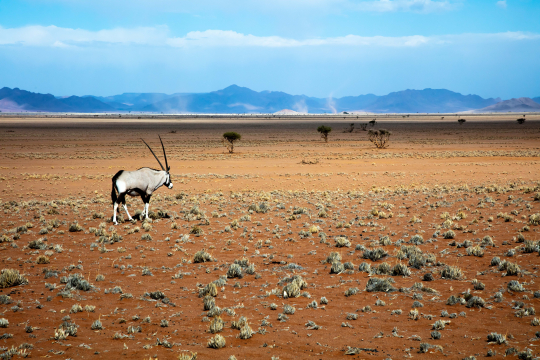Abstract
This study assesses the adoption of climate-smart agricultural practices in arid Namibia and their impact on agricultural income. The estimation relies on multinomial endogenous switching regression estimations so as to account for simultaneous availability of multiple adaptation technologies, heterogeneity in adaptation, and possible selection bias in adoption. The analysis focused on comparing the impact on farm (crop and livestock) revenues of alternative adaptation technologies. Comparison of the relative importance of alternative adaptation practices shows that adaptation, all in all, leads to gains in farm income. We also found interesting results from singular versus combination adoption, with the former having a higher impact on income as the number of diverse activities increases. This finding suggests that, given the diverse nature of Namibian agriculture, the adoption of cross-sectoral practices is not always beneficial.
Keywords: climate-smart agriculture, a combination of strategies, dryland smallholder farm household farm income, multinomial endogenous switching regression, Namibia



